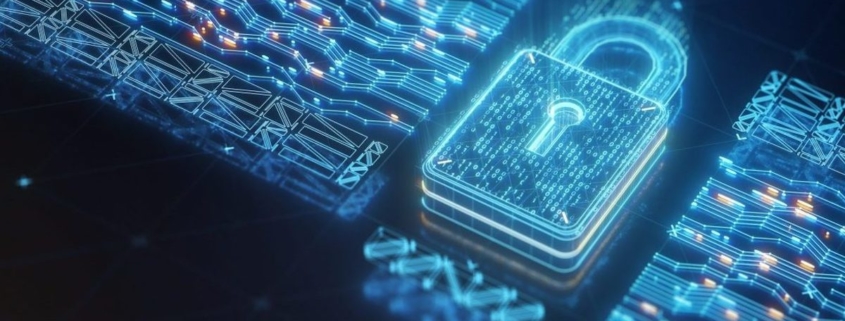Emerging tech in security and risk management to better protect the modern enterprise
Hear from CIOs, CTOs, and other C-level and senior execs on data and AI strategies at the Future of Work Summit this January 12, 2022. Learn more
With growing agreement that the traditional enterprise perimeter and security architecture are dead, an array of security and risk management technologies have recently emerged that are worth considering in the enterprise, according to Gartner senior director and analyst Ruggero Contu.
The rapid pace of digital transformation, the move to cloud, and the distribution of the workforce mean that standard security controls “are not as effective as in the past,” Contu said during the research firm’s Security & Risk Management Summit — Americas virtual conference this month.
Most businesses report they’ve faced security struggles while trying to adapt to the accelerated technology changes of the past two years. A recent report by Forrester, commissioned by cyber vendor Tenable, found that 74% of companies attribute recent cyberattacks to vulnerabilities in technology put in place during the pandemic.
Of course, the irony is that the adoption of new technology also offers a solution for many of these issues. With a massive global shortage of cybersecurity talent and skills, tools and automation designed for the new digital world are essential for meeting the security challenge.
8 emerging technologies to watch
When it comes to emerging technologies in security and risk management, Contu focused on eight areas: confidential computing; decentralized identity; passwordless authentication; secure access service edge (SASE); cloud infrastructure entitlement management (CIEM); cyber physical systems security; digital risk protection services; and external attack surface management.
Many of these technologies are geared toward meeting the new requirements of multicloud and hybrid computing, Contu said. These emerging technologies also align to what Gartner has termed the “security mesh architecture,” where security is more dynamic, adaptable, and integrated to serve the needs of digitally transformed enterprises, he said.
Confidential computing
To process data, that data must be decrypted, opening a potential for unauthorized…


